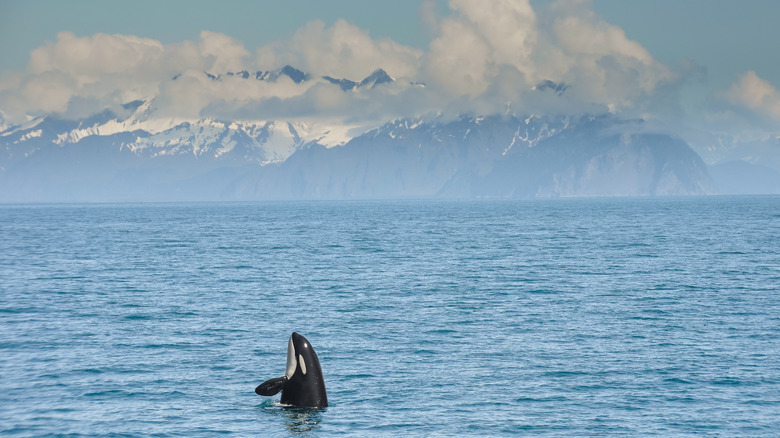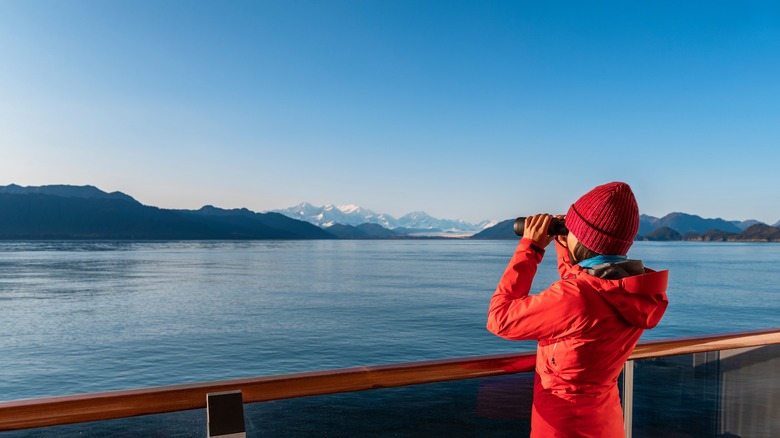Travel Guides Outdoor Adventures
Kylie McCreary
For many, encountering wildlife is one of the best parts of visiting a national park. Observing a wild animal foraging, grazing, or caring for its young is a wonderful reminder of how much bigger, more complex, and beautiful life can be beyond our hectic modern world. At Kenai Fjords National Park, visitors have the chance to spot some of the most majestic creatures roaming the land, water, and air.
Seated on the southern coast of Kenai, Alaska, just northwest of Seward, this national park is considered the smallest in the state. While it is small, anyone who has been knows that it is mighty — packing an abundance of diverse landscapes, species, and natural wonders. For over 40 years, the park has been dedicated to preserving its wildlife under the Alaska National Interest Lands Conservation Act of 1980. If you’re one of the many people intrigued and inspired by marine and wildlife, you’ve got to put Kenai Fjords National Park on your bucket list.
Animals you can see at Kenai Fjords National Park

Albertoloyo/ Getty Images
There are a handful of factors that make Kenai Fjords National Park one of the best U.S. national parks to see wildlife. A variety of animals and marine life thrive in its unique landscape of alpine and spruce forests, rocky shorelines, and glacier-laden water. On land, you can spot a multitude of North American mammals like black and brown bears, lynx, mountain goats, moose, porcupines, wolves, and marmots. While many of these creatures avoid human contact, sightings frequently occur from afar while driving on the highway or cruising by boat near the area known as Exit Glacier.
If you’re a bird watcher, Kenai Fjords National Park will be a wonderland for you. With 190 different kinds of birds flying through its sky, you can spot sought-after breeds such as puffins, kittiwakes, eagles, and more. It’s arguable, though, that Kenai Fjord’s most sought-after sightings are of its marine dwellers. With frequent sightings of humpback and orca whales as well as the occasional gray, minke, and fin whales, Kenai Fjords National Park is one of the best places for whale-watching adventure trips.
How to visit Kenai Fjords National Park

Maridav/ Shutterstock
If you’re an animal lover, you’re probably already wondering how to start planning your trip to Kenai Fjords National Park. However, you’ll want to note a few tips before doing so. While the park is open all year long, the most popular times to visit are June, July, and August. During the winter months, the Exit Glacier area, where many of the land animals can be spotted, is closed. In addition, if you’re looking to go whale watching, keep in mind that this majestic marine life is only found in the waters of Kenai Fjords from March to September.
It’s also important to note that the national park is not for beginner outdoorsmen. With severe, unpredictable weather conditions and treacherous land formations, if your level is less than advanced, it’s recommended you explore the park with the assistance of a licensed outfitter. Luckily, the park offers a number of such tours via the National Park Service. In addition, there are plenty of private, local adventure companies with trained guides to take you through the park on foot or by boat.

